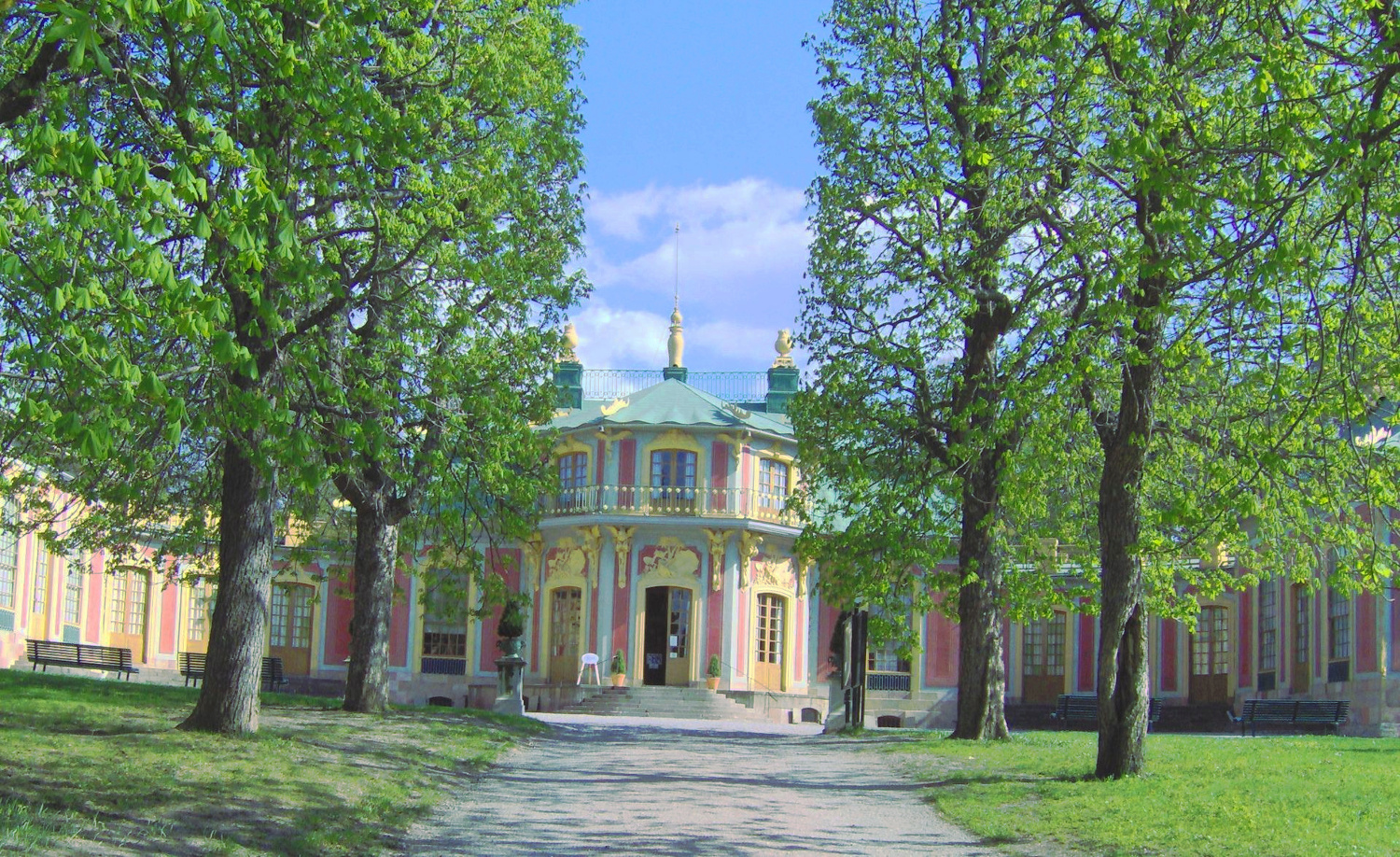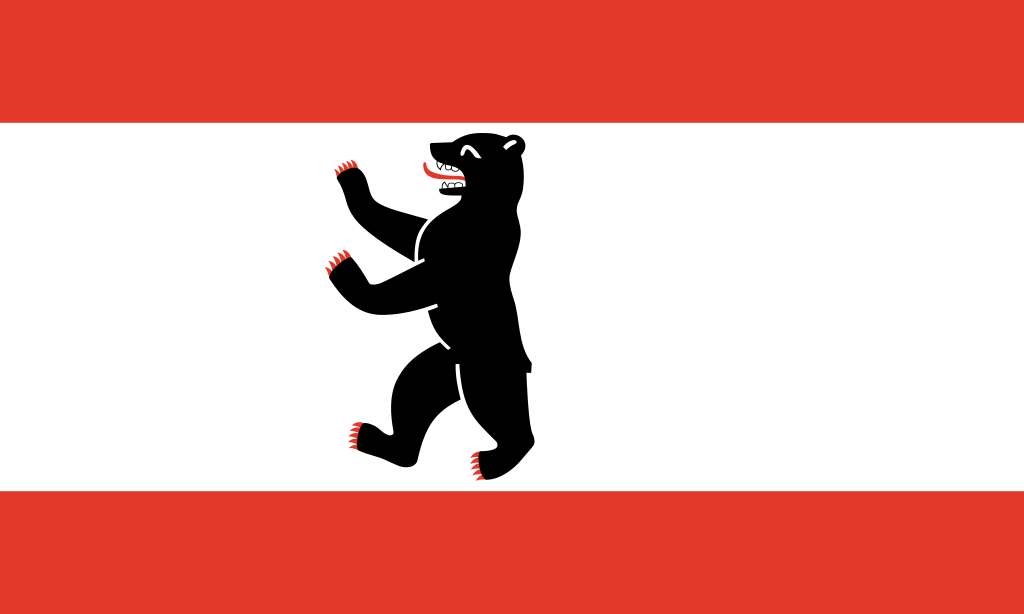
漢德百科全書 | 汉德百科全书
 Sweden
Sweden

 Belgium
Belgium
 Bulgaria
Bulgaria
 Denmark
Denmark
 Germany
Germany
 Estonia
Estonia
 Finland
Finland
 France
France
 Greece
Greece
 Ireland
Ireland
 Iceland
Iceland
 Israel
Israel
 Italy
Italy
 Croatia
Croatia
 Latvia
Latvia
 Lithuania
Lithuania
 Luxembourg
Luxembourg
 Malta
Malta
 Monaco
Monaco
 Montenegro
Montenegro
 Netherlands
Netherlands
 Nordmazedonien
Nordmazedonien
 Norwegen
Norwegen
 Austria
Austria
 Poland
Poland
 Portugal
Portugal
 Romania
Romania
 Russia
Russia
 San Marino
San Marino
 Sweden
Sweden
 Switzerland
Switzerland
 Serbia
Serbia
 Slovakia
Slovakia
 Slovenia
Slovenia
 Spain
Spain
 Czech Republic
Czech Republic
 Turkey
Turkey
 Ukraine
Ukraine
 Hungary
Hungary
 United Kingdom
United Kingdom

 Science and technology
Science and technology
 Cyprus
Cyprus





Schloss Drottningholm (dt. Königinneninsel) war ursprünglich ein königliches Lustschloss auf der Insel Lovön im Mälaren in der Gemeinde Ekerö. Es ist heute neben seiner musealen Nutzung zugleich privater Wohnsitz der schwedischen Königsfamilie Bernadotte, derzeit von König Carl XVI. Gustaf und seiner Ehefrau Silvia, die 1982 den Südflügel als Hauptwohnsitz bezogen und seither das Stockholmer Schloss nur noch als Amtssitz und für Repräsentationszwecke benutzen.
Schloss Drottningholm steht seit 1935 als Byggnadsminne unter staatlichem Schutz und wurde als erstes schwedisches Kulturdenkmal in die Liste des Weltkulturerbes der UNESCO aufgenommen, und zwar aufgrund zweier spezieller Gebäude, des chinesischen Schlösschens (Kina slott) und des Drottningholmtheaters (Drottningholms slottsteater).
Schloss Drottningholm wird auch als „schwedisches Versailles“ bezeichnet.
Drottningholm宫最令人称道的是那里浓厚的历史氛围。作为瑞典保存最完好的王宫,修建于17世纪的 Drottningholm Palace是斯德哥尔摩三个世界遗产名录景点之一。这座宫殿由建筑师Nicodemus Tessin依照法国原型建造。自宫殿落成之日起,众多皇室贵族都在其中留下过他们的身影。在17、18和19世纪,这里均举办过规模宏大的沙龙。此外,这里还拥有美丽的花园、独特的宫殿剧院和中国式建筑。其中壮观的巴洛克式花园始建于1681年。此景点的绝大部分全年向访客开放。
Drottningholms Slottsteater(Drottningholm宫殿剧院)还是欧洲保存最完好的十八世纪剧院之一,也是世界上唯一一个仍在定期使用原始舞台机械装置的剧院。 该剧院在夏季向游客开放并安排有演出。
Drottningholm宫自1981年以来一直是皇家的固定住处。宫殿的南部房间为皇家成员保留。 1991年,Drottningholm成为第一批被列入联合国教科文组织世界遗产名录的瑞典景点。(Quelle:http://visit.sweden.cn)

One July evening in 1753, Queen Lovisa Ulrika was surprised with a fantastic birthday present. In the far section of Drottningholm Palace Park, King Adolf Fredrik had secretly had a summer palace built in the Chinese style. At that time, all things Chinese were the latest fashion.
The East India trading companies brought large quantities of tea, spices, silk, porcelain and exclusive works of art to Europe during the 18th century. China was seen as an exotic, mythical country, and the Chinese Pavilion is the embodiment of this oriental fantasy.
Inside the pavilion, Chinese-inspired Swedish Rococo furniture stands alongside imported Chinese objects. Several of the rooms still have their original Chinese silk and paper wall coverings. There are also lacquered screens, stained glass, porcelain and other decorative objects, many of which were probably imported by the Swedish East India Company. However, some of the Chinese objects here are even older, including pieces from the times of Queen Hedvig Eleonora and Queen Kristina, when porcelain was incredibly expensive.
The Chinese Pavilion, together with Drottningholm Palace and its grounds, is on UNESCO's World Heritage List.

 Berlin
Berlin
 California-CA
California-CA
 European Union
European Union
 International cities
International cities
 Colleges and Universities in Europe
Colleges and Universities in Europe
 Geography
Geography

 History
History
 World Heritage
World Heritage
 Architecture
Architecture